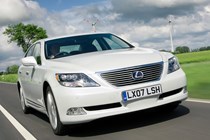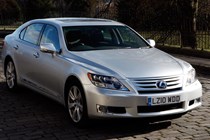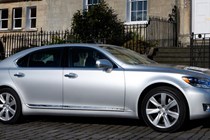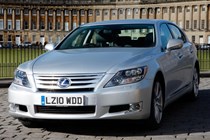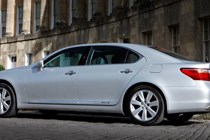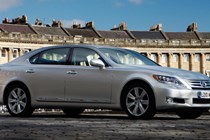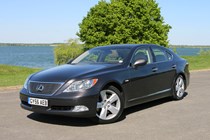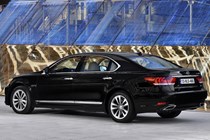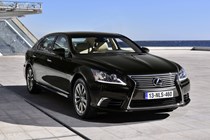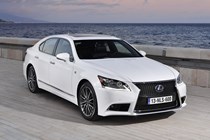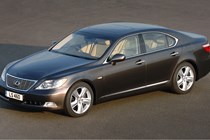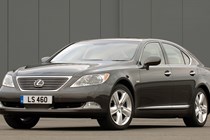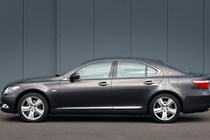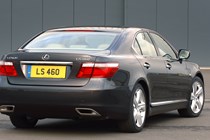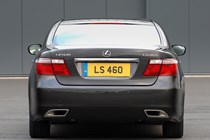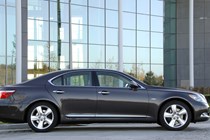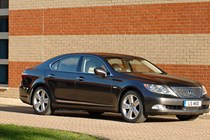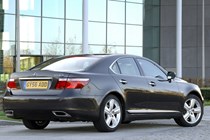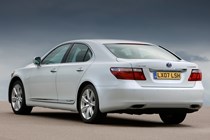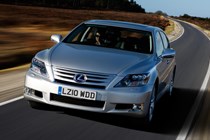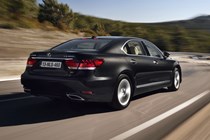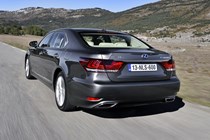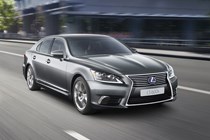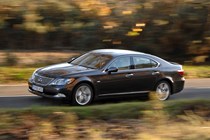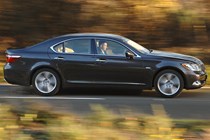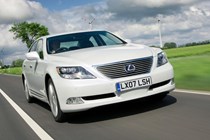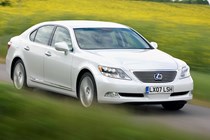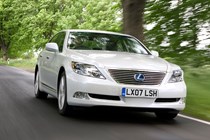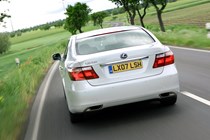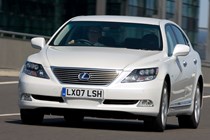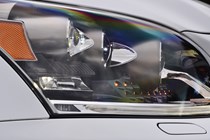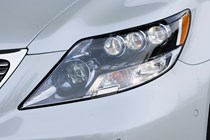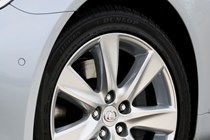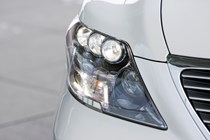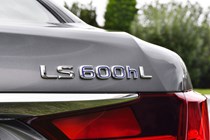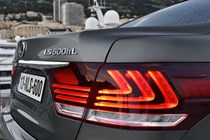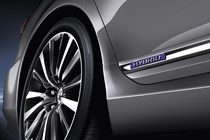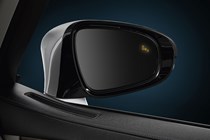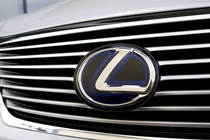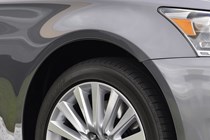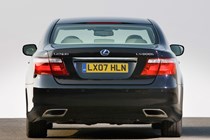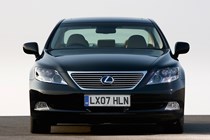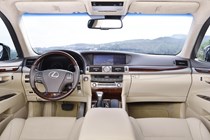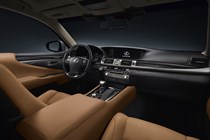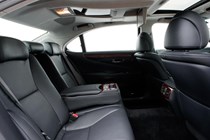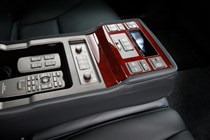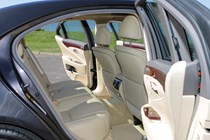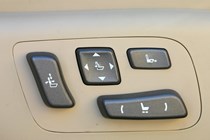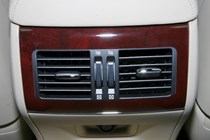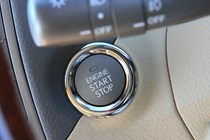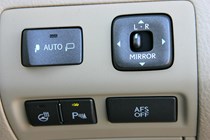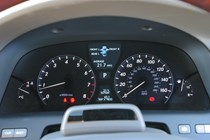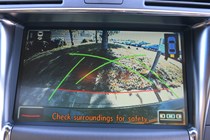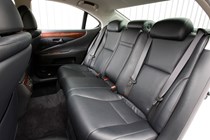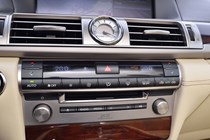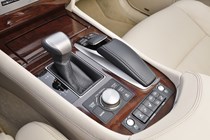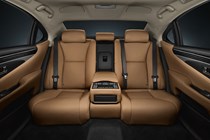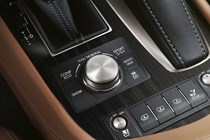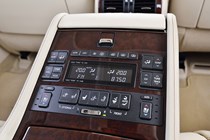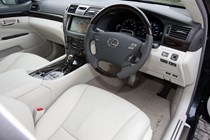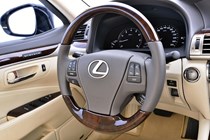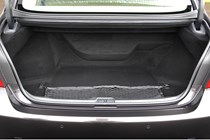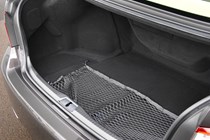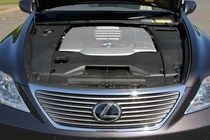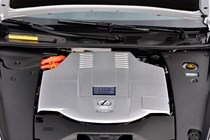
Lexus LS Saloon (2007-2017) engines, drive and performance
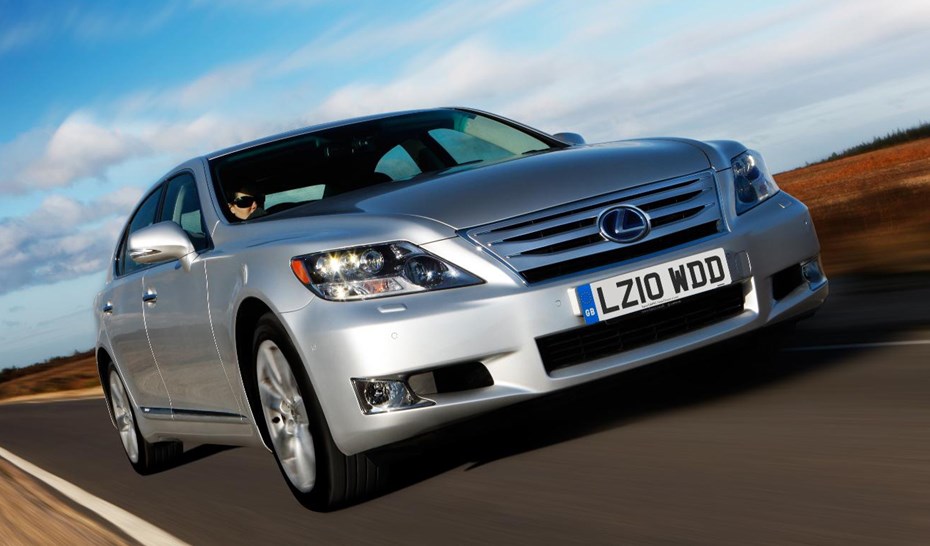
A new 4.6-litre V8 engine is used in the LS 460 equipped with the latest variable valve timing technology that improves responsiveness lower down the rev range. It produces 382bhp, enough to allow the two-tonne LS to sprint from 0-62mph in just 5.7 seconds and accelerate from 50mph to 75mph in a mere 4.7 seconds.
Despite its weight, the LS can feel quite sprightly when called upon to overtake slower traffic. The LS 460 has the world’s first eight-speed automatic transmission, which might sound like overkill, but the relaxed nature of the V8 means there is rarely the indecisiveness that can sometimes affect multi-speed automatic gearboxes.
There is a ‘sport’ mode which will hold on to gears for longer while accelerating, or the driver can change gear manually using the gearstick. Should you decide to exploit the performance available, the engine’s character changes from its near-silent running to a deep and cultured V8 roar. The 4.6-litre engine is used in both the LS 460 Luxury and the LS 460 F Sport and performance figures for the two are the same. The hybrid LS 600h, however, uses a 5.0-litre V8 along with an electric motor.
It means that at low speeds (up to about 30mph), the engine remains silent and the car is powered by the electric motor. If a sudden burst of speed is needed, the engine kicks in.
The four-wheel drive 600h will accelerate from 0-62mph in 6.1 seconds and like the LS 460 it is limited to a maximum speed of 155mph. The whole engine/electric motor package produces 439bhp and the electric motor always ensures there’s a good dose of extra pulling power on demand. The 600h uses a continuously variable transmission (unlike the LS 460’s eight-speed gearbox) so engine speed is always optimised for the response desired.
Parkers recommends
We would go for the new F Sport model. It offers the best of both world: supreme luxury as well as engaging driving dynamics and scintillating performance. Of course, if you do have the benefit of a chauffeur the 600h is the only choice.
While the steering in the LS doesn’t offer much in the way of feedback, it comes as no big surprise, particularly as the power steering is fully electric, so lacks feel. Despite this, the LS 460 retains its composure very well if faced with a series of fast bends. There are three modes for the suspension, ranging from ‘comfort’ to ‘sport’, and with the latter selected the LS resists body roll very well.
All models have variable gear ratio steering (VGRS). The amount of turn needed to steer the car is varied so smaller inputs are needed at parking speeds reducing the effort of tight manoeuvres. The vehicle dynamics integrated management system (VDIM) combines stability control with emergency steering assist to provide a quicker steering response in a sudden manoeuvre.


